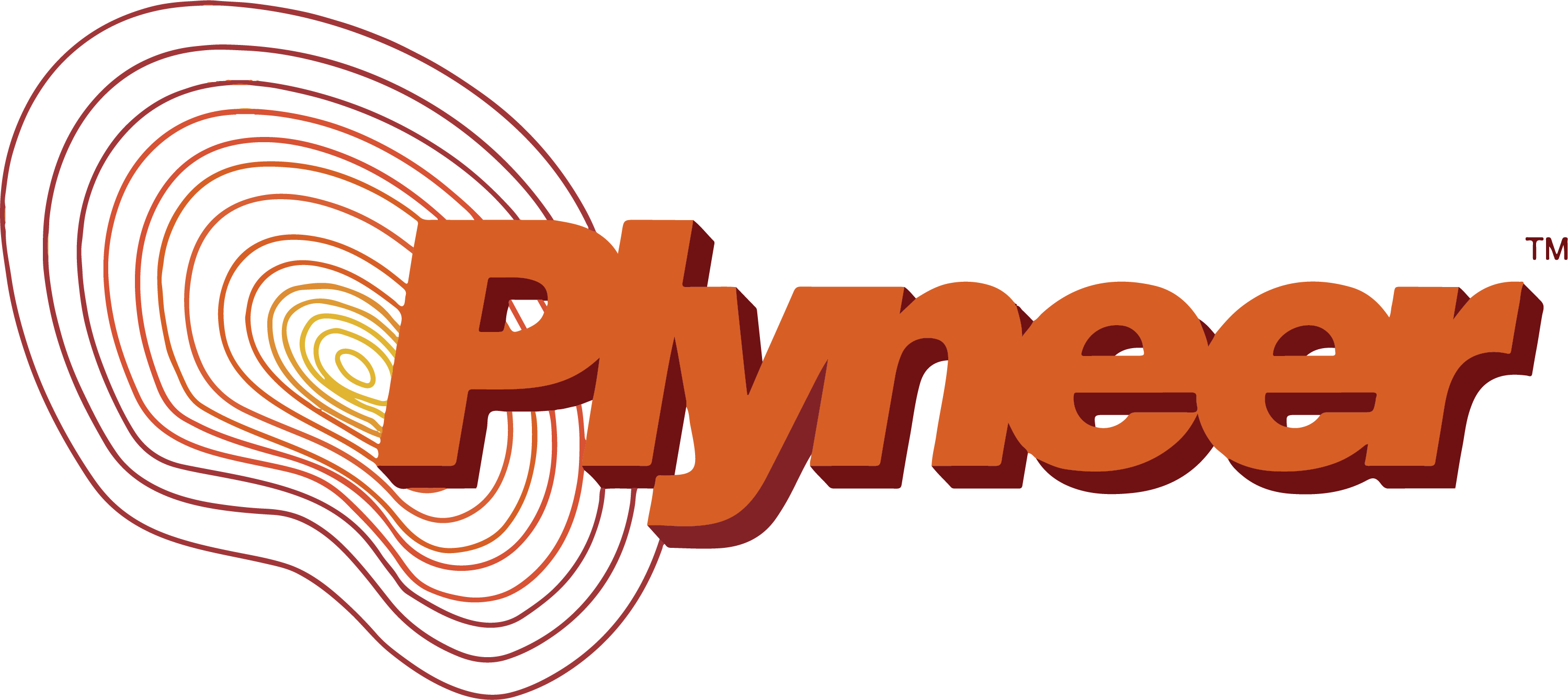Plywood is one of the most versatile and widely used materials in construction, interior design, and furniture making. But despite its popularity, many people make costly mistakes when selecting, purchasing, and using plywood. These errors can lead to warping, swelling, termite infestations, and wasted money. If you’re working on a home renovation, modular kitchen, or commercial project, you need to get your plywood selection right the first time. This blog reveals the 7 most common plywood mistakes and how you can avoid them to ensure you get the best results.
Mistake #1: Choosing the Wrong Plywood Grade One of the most common mistakes is using the wrong type of plywood for the job. Not all plywood is made the same. Different projects require different grades of plywood, and choosing the wrong one can lead to moisture damage, bending, and durability issues.
What People Do Wrong: Using MR plywood in kitchens or bathrooms: MR plywood is moisture-resistant, not waterproof. It will absorb water over time and swell. Using BWR plywood in water-prone areas: While BWR plywood resists water, it cannot endure long-term water exposure like BWP plywood can.
How to Avoid It: Use MR plywood for wardrobes, wall partitions, and TV units. Use BWR plywood for modular kitchens, semi-outdoor furniture, and bathroom vanities. Use BWP plywood for bathrooms, under-sink storage, and coastal areas with high humidity.
Mistake #2: Not Checking for Termite Resistance Termite infestations are a nightmare for homeowners. If you use non-treated plywood, termites will destroy your cabinets, wardrobes, and kitchen storage. Many buyers assume that all plywood is termite-resistant, but that’s not true.
What People Do Wrong: Using untreated plywood for wardrobes, cupboards, and kitchen cabinets. Assuming that all plywood is termite-proof without verifying certifications.
How to Avoid It: Buy plywood that is explicitly labeled as termite-resistant. Check if the brand offers termite-proof certification. Buy from reliable brands like Plyneer, where all plywood is pre-treated for termite resistance.
Mistake #3: Using the Wrong Plywood Thickness The thickness of plywood directly impacts its strength, load-bearing capacity, and durability. Using plywood that’s too thin can lead to bending, sagging, and loss of structural integrity.
What People Do Wrong: Using 6mm plywood for shelves and load-bearing areas. Using 12mm plywood for kitchen cabinets instead of 18mm plywood.
How to Avoid It: Use 6mm plywood only for partitions and back panels. Use 12mm plywood for the backs of cabinets and partitions. Use 18mm plywood for kitchen cabinets, wardrobes, and shelves.
Mistake #4: Focusing Only on Price Everyone wants to save money, but buying cheap plywood can be one of the costliest mistakes you’ll ever make. Low-grade, unbranded plywood may not be termite-proof, waterproof, or calibrated properly, leading to warping, cracks, and bending.
What People Do Wrong: Choosing cheap, low-quality plywood from local dealers or unbranded suppliers. Ignoring quality certifications like ISI standards, termite-proof certifications, and moisture-resistance labels.
How to Avoid It: Buy from reputed brands like Plyneer, CenturyPly, or GreenPly. Check if the plywood is ISI-certified for quality and durability. Avoid buying from dealers who don’t provide proper product specifications.
Mistake #5: Not Checking for Core Gaps Core gaps are empty spaces inside plywood layers that weaken its structure. If you accidentally buy plywood with core gaps, your cabinets and furniture could crack, especially under heavy weight.
What People Do Wrong: Buying plywood from local dealers without checking for core gaps. Assuming that plywood from unknown brands will have no core gaps.
How to Avoid It: Ask for calibrated plywood, as it guarantees uniform thickness with no core gaps. Buy from reputable brands like Plyneer, where core gaps are non-existent. Tap the surface of the plywood; hollow sounds may indicate core gaps.
Mistake #6: Buying Without a Moisture-Resistant Coating Plywood used in kitchens, bathrooms, and wet areas needs to be moisture-resistant or waterproof. If you skip this feature, water can seep into the layers, causing the plywood to swell, bubble, or delaminate.
What People Do Wrong: Using MR plywood in kitchens and bathrooms. Not checking if the plywood has a moisture-resistant coating.
How to Avoid It: Use BWR plywood for modular kitchens and semi-outdoor areas. Use BWP plywood for bathrooms, under-sink cabinets, and areas with direct water exposure.
Mistake #7: Ignoring Delivery & Storage Conditions Even high-quality plywood can get damaged if it’s not stored properly. Water seepage, humidity, and bending due to improper stacking can reduce the plywood’s lifespan.
What People Do Wrong: Leaving plywood exposed to rain or damp areas. Storing plywood in a vertical position, causing it to warp.
How to Avoid It: Store plywood in a horizontal position with proper support on all corners. Ensure it is stored in a dry, moisture-free area. Order from Plyneer to get your plywood delivered directly to your site.
Frequently Asked Questions (FAQs)
What is the biggest mistake when buying plywood? The biggest mistake is choosing the wrong plywood grade. Always use BWP plywood for bathrooms and BWR plywood for modular kitchens.
How can I check for core gaps in plywood? Tap the surface of the plywood. If you hear a hollow sound, there may be a core gap.
How do I protect plywood from termites? Use pre-treated, termite-resistant plywood from trusted brands like Plyneer.
Why Choose Plyneer for Plywood? Avoid costly mistakes by buying plywood from Plyneer, where you get: Pre-treated termite-resistant plywood Calibrated plywood with zero core gaps Transparent pricing (no markups) Bulk discounts for contractors







